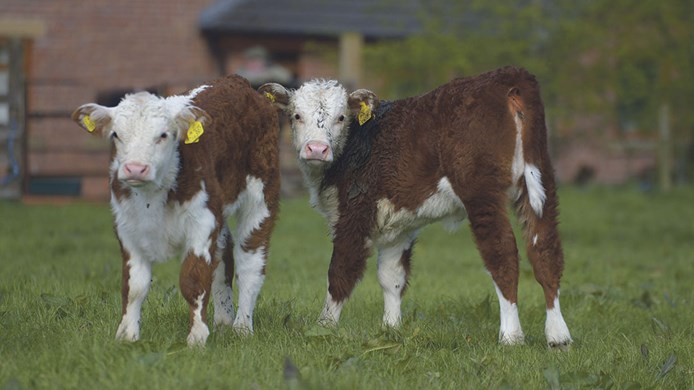Coccidiosis in cattle 2022

The risk of coccidiosis remains high for both suckled and dairy calves.
Diagnoses of coccidiosis in this year’s spring suckled calf crop and in dairy young stock that were turned out for the first time, remains common this year and the risk remains high. There are three main pathogenic species of coccidia in cattle, Eimeria bovis, zuernii and alabamensis, the latter commonly associated with diarrhoea in young stock one to two weeks after turn out for the first time in dairy systems. The pre-patent period for E. alabamensis is only six to eight days – much shorter than the other coccidial species of cattle.
Some points to consider about coccidiosis diagnosis are as follows:
- Acute diarrhoea (dysentery and tenesmus) accounts for less than 50% of the cases we diagnose in both beef and dairy calves. Coccidial oocyst counts can be very high in these cases
- Chronic disease with re-infection, a partial immune response and lower numbers of oocysts excreted is seen commonly. The gut pathology in these cases is usually chronic with evidence of ongoing active damage and partial repair. This syndrome is seen more commonly in housed dairy calves, although we do receive suckled calf samples with chronic scour, ill thrift and low to moderate oocyst counts
- Clinical signs can arise in the pre patent period with the onset of diarrhoea from four days before to one day after oocyst shedding begins
- Severe diarrhoea can lead to dilution of oocysts
- Oocysts can be trapped within mucus and shreds of mucosa, reducing the count
- The patent period can be very short and in acute infections oocyst output can drop sharply after the peak but diarrhoea can continue
- It can be useful to sample more than one animal to increase the chance of detecting a high oocyst count
- Request species identification in cases where high oocyst counts have been found post treatment. The short pre-patent period can suggest treatment failure if not confirmed as E. alabamensis
Posted by SRUC Veterinary Services on 08/07/2022
